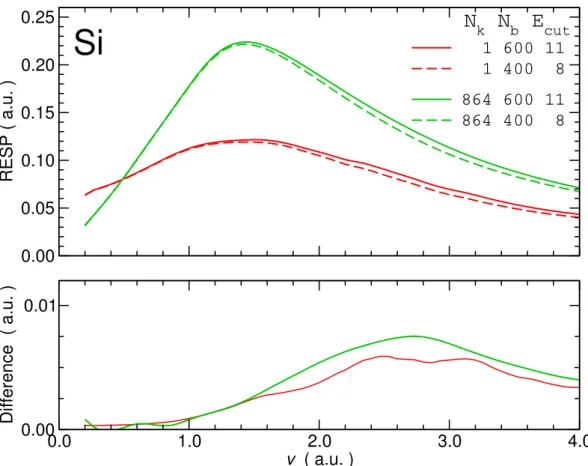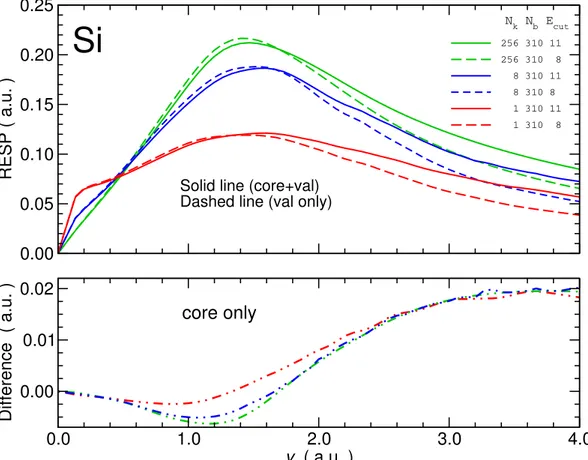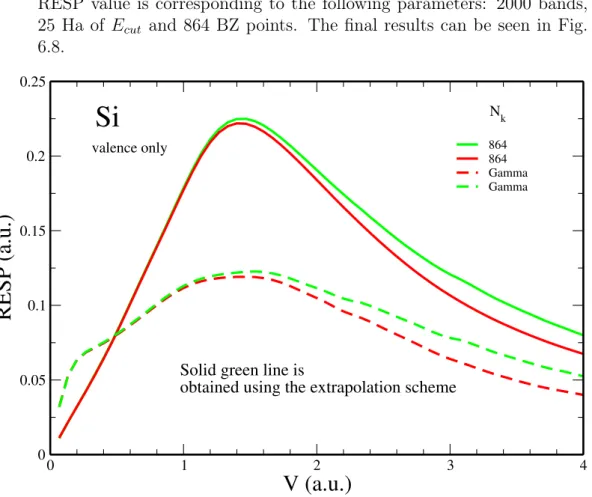Ab initio electronic stopping power in materials
Texte intégral
Figure




Documents relatifs
Tableau VI : Exemples de plantes médicinales à activité anti-inflammatoires 31 Tableau VII : Composition chimique de l’huile essentielle de Salvia officinalis L 35 Tableau VIII :
Bryophytes et biomonitoring des retombées atmosphériques en métaux et éléments traces : caractérisation de la variabilité à différentes
Comparison of projection- and image-based methods for proton stopping power es- timation using dual energy CT... DECT methods can mainly be categorized into projection-based
Using the Scattering Approach for Stopping in an Elecdon Gas, the Local Density Approximation (LDA), an adiabatic criterion, and capture and loss condibutions to the elecdonic
We have shown that the desorption of valine negative molecular ions can be related to the electronic stopping power alone, with no contribution from the nuclear stopping within
configurations, we have computed ab initio, by means of the MCHF method, the electronic hfs parameters relevant.. to the two-body far-configuration-mixing effects on
Empirical relation for elec- tronic stopping power of heavy ions in
Abstract. 2014 We make a systematic analysis of the experimental nuclear stopping power determination. We show that the experimental values are divided into two groups


